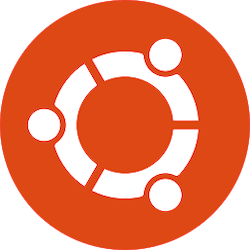
How to Install Docker on Ubuntu
Docker has become an essential tool for modern developers and system administrators, revolutionizing how applications are built, shipped, and deployed. If you’re running Ubuntu and looking to…
Read more
How to Install Zlib on Ubuntu
If you’re working with data compression or building applications on Ubuntu, you’ll likely encounter zlib – a versatile and essential compression library. Whether you’re a developer, system…
Read more
How To Run Windows in Docker
Alright, let’s talk Docker and Windows. You’ve probably heard the buzz about containers revolutionizing how we build, ship, and run applications. Docker is usually synonymous with Linux,…
Read more
How To Run Multiple Linux Commands in Linux Terminal
Alright, let’s talk Docker and Windows. You’ve probably heard the buzz about containers revolutionizing how we build, ship, and run applications. Docker is usually synonymous with Linux,…
Read more
How to Install Jenkins on Ubuntu
Alright, let’s talk automation! If you’re diving into the world of Continuous Integration (CI) and Continuous Deployment (CD), you’ve undoubtedly heard of Jenkins. It’s the open-source automation…
Read more
How to Install NPM on Ubuntu
Are you ready to embark on an exciting journey into the world of Node.js development on Ubuntu Linux? Whether you’re a seasoned developer looking to expand your…
Read more
How to Install ClamAV on Ubuntu
In today’s digital landscape, security remains a top priority for every system administrator and Ubuntu user. While Linux systems are generally considered more secure than their Windows…
Read more
How to Download Files with Curl Command in Linux
Have you ever found yourself needing to download files quickly and efficiently on your Linux system? Whether you’re a seasoned sysadmin, a curious developer, or just someone…
Read more
How to Install Flatpak Apps on Ubuntu
Are you tired of struggling to find and install your favorite applications on Ubuntu? Do you wish there was an easier way to access a wide range…
Read more
How to Install Pinta on Ubuntu
Are you an aspiring digital artist looking to unleash your creativity on Ubuntu? Or perhaps you’re a casual user who just wants to touch up some family…
Read more